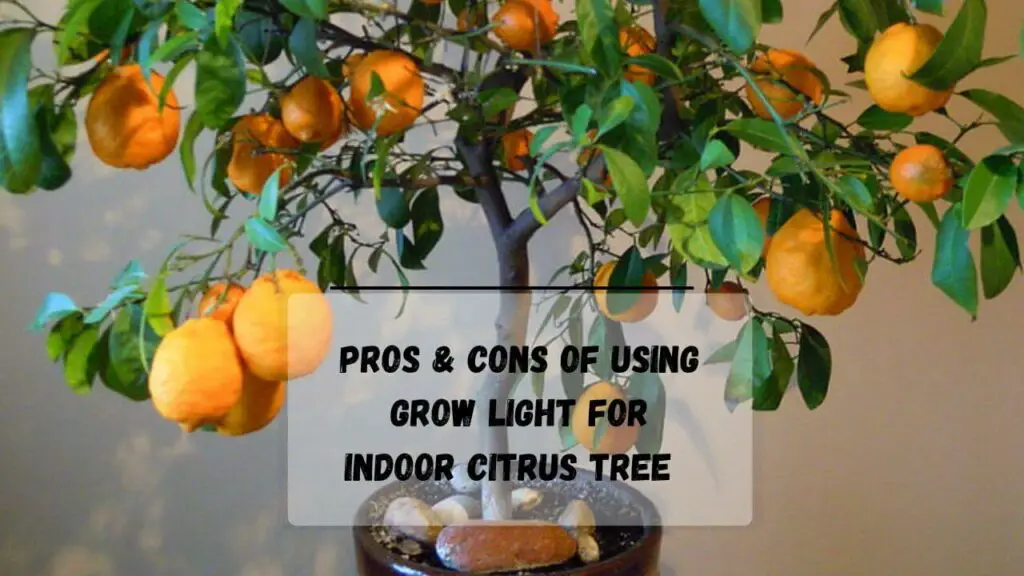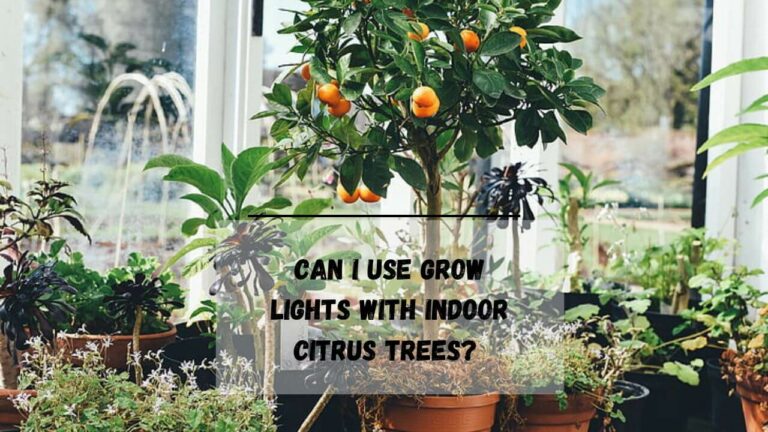Ideal Light Conditions for Healthy Indoor Citrus Trees: A Data-Driven Guide

Let’s be honest—keeping an indoor lemon or lime tree thriving feels like wrestling with sunlight itself. Maybe your Meyer lemon turned pastel green and refused to bloom. Or your poor calamondin dropped half its leaves as soon as winter hit. I’ve been there—more times than I care to admit (RIP, 2019 kitchen calamondin). The truth is, most guides miss the point: no matter how much love and fertilizer you give, without real light intensity, citrus trees just can’t do their thing indoors.

What Almost Nobody Tells You About Light and Citrus (But I’m Happy to Spill)
1. “Bright Indirect Light” Isn’t Bright Enough for Citrus
We humans think a well-lit room by midday is plenty—but citrus disagrees. For example, my first indoor orange tree sat snug behind an east window that looked bright all day long to me. It was actually getting barely enough photons to keep going—a slow death, really.
Try this quick test: At noon, hold your hand about a foot away from where your tree lives.
- If your shadow is fuzzy or nearly invisible? Your plant isn’t getting enough.
- If your shadow is sharp and clear, almost blinding? You’ve found a good spot.
The best results I’ve ever had came from slamming my trees right against south-facing glass. They practically sit nose-to-glass in January chill, but boy do they reward you with color and flowers!
2. Every Inch Counts: Don’t Move Your Tree Even a Few Feet Away
Here’s something that caught me off guard: moving a citrus tree just three feet back from the window can cut usable light by more than half! My Meyer lemon went from sad and leggy on the coffee table to lush green godliness after only inching it closer to the sill.
It’s tough because our living rooms want plants placed where they “look nice,” but your citrus doesn’t care about decor—it pays the price!

3. Direction and Season Matter More Than You Think
Yes, south windows are best—but even those change their light intensity across seasons. A west window might blister in summer but barely deliver during winter. By October, my lime started dropping buds unless I shifted it—and yes, sometimes I even add some artificial light.
This means: Plan to move your trees twice a year if you can (think of them as migratory little critters). When daylight angles shift and sun hours shrink, don’t be shy about rearranging furniture!
4. Grow Lights = Not Cheating, Just Smart
I used to feel like lighting my trees artificially was admitting defeat. Then I bought a cheap $18 Sansi full-spectrum LED bulb and ran it 12 hours daily on a timer—and wow, what a difference! Suddenly my citrus grew compact leaves with deep color and even flowered at Christmas.
Heads up: Regular desk lamps or warm household bulbs won’t cut it—they’re too weak and make your plants stretch like they’re auditioning for a horror movie.
Pro tip: Keep those LED grow lights 8–10 inches above the leaves for maximum effect.

5. Rotate Your Trees Regularly or Watch Them Lean (and Sometimes Fall Over)
Citrus trees grow hard toward their brightest light source—which means if you never rotate them, they’ll end up lop-sided or snapping under their own weight (ask me how I know).
A quick quarter-turn every week or two (I do mine Saturday mornings with coffee) takes seconds but saves you awkward shapes and extra staking later.
How Your Citrus Tells You It’s Starving for Light
Before leaves turn yellow or drop en masse, watch leaf texture:
- Leaves feeling papery or floppy instead of firm usually mean insufficient light.
- Pinhole spots overnight? Can be from drafts worsening low-light stress.
- Flower buds that stubbornly refuse to open come spring? Yup—light-starved.
Around November through March especially, many symptoms spike because natural sunlight dips below what citrus needs for photosynthesis and blooming.

Quick Start Checklist: Get Your Citrus Thriving Today
- Shadow test: At midday, check for a crisp shadow near your plant’s spot.
- Go south-facing and go close: Set trees right against south-facing windows if possible.
- Move seasonally: Track sunlight changes; relocate trees in fall/winter as needed.
- Invest early in a full-spectrum LED grow light: Plan on ~12 hours daily; place ~8–10" above canopy.
- Rotate weekly: Turn plants 90° every 7–14 days.
- Keep notes: Track what you try—dates of moves/lighting changes help identify what works.
- Be patient & experiment: Even failed attempts teach you what your space needs.
Real Talk From Fellow Citrus Lovers
“I pushed my grapefruit so close to patio glass last winter I worried snow might hurt it more than low light! But it rewarded me with ripe fruit in spring.” — Leah P., Boston
“I thought sheer curtains softened light nicely… turns out they cut it in half! My lime perked right up after ditching them.” — Andre V., Seattle
Final thoughts? Indoor citrus isn’t easy—or we wouldn’t all have war stories! But if you chase real intensity (not just “bright room vibes”), lean into seasonal moves, use smart lighting tricks, and rotate faithfully—you’ll soon get that glossy green canopy and blossoms worth bragging about.
Have weird lighting quirks or tricky corners at home? Share them! There’s no one-size-fits-all here—just connection over shared struggle and triumph.
Remember: even when they lose leaves or look sad this winter—that’s part of the learning curve toward growing healthy indoor citrus that feels more like sunshine bottled up inside your home than houseplant guilt waiting to happen.
Ready to take that next step? Grab your timer, measure those shadows—and let’s get growing!



